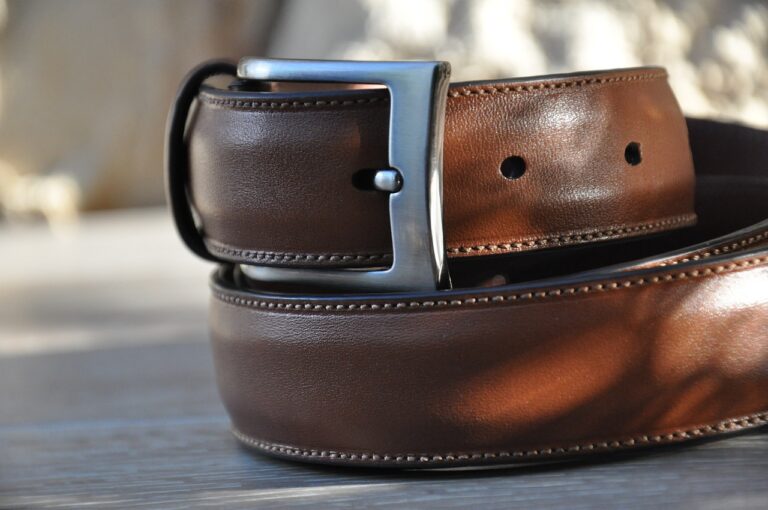Sustainable Fashion: Exploring the Potential of Hemp Fabric
Hemp fabric is gaining popularity in the fashion industry due to its numerous benefits. One key advantage of hemp fabric is its durability. Hemp fibers are known for being strong and long-lasting, making hemp clothing a sustainable choice for consumers looking for items that will stand the test of time.
Additionally, hemp fabric is highly breathable and moisture-wicking, making it an excellent option for warm weather clothing. The natural properties of hemp fibers help to keep the skin cool and dry, making hemp garments comfortable to wear in hot climates. This breathability also means that hemp clothing is less prone to odor, making it an ideal choice for those looking for eco-friendly and versatile wardrobe staples.
History of Hemp Fabric in Fashion
Hemp fabric has a rich history within the fashion industry, dating back centuries to when it was one of the most commonly used materials. In ancient times, hemp textiles were prized for their durability and versatility, making them ideal for creating a wide range of garments and accessories. From clothing worn by laborers to luxurious items favored by royalty, hemp fabric played a significant role in shaping fashion trends throughout the years.
During the 17th and 18th centuries, hemp fabric experienced a decline in popularity in some parts of the world due to the emergence of other materials like cotton and silk. However, in recent years, there has been a resurgence of interest in hemp fabric within the fashion industry. Designers, as well as consumers, are increasingly drawn to the sustainable and eco-friendly aspects of hemp textiles, leading to a renewed appreciation for this versatile and durable material.
Environmental Impact of Hemp Fabric Production
Hemp fabric production is gaining popularity due to its minimal environmental impact. Unlike conventional cotton, hemp cultivation requires significantly less water and pesticides, making it a more sustainable option. Additionally, hemp plants absorb large amounts of carbon dioxide, aiding in reducing greenhouse gas emissions.
Furthermore, hemp fabric is biodegradable, meaning it naturally breaks down without harming the environment. This is in stark contrast to synthetic fabrics that contribute to microplastic pollution in oceans and landfills. By choosing hemp fabric, consumers can contribute to a cleaner and greener future for our planet.





